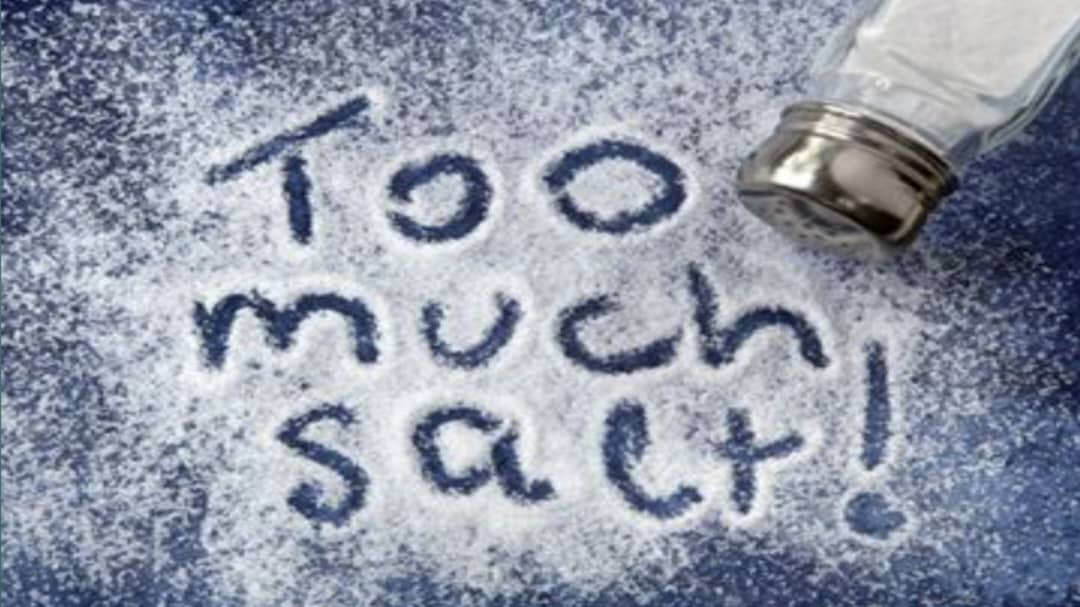Juice Jolt! Your Blood Sugar's Rollercoaster Ride After a Sip
:max_bytes(150000):strip_icc()/Health-GettyImages-JuiceBloodSugar-83cb2410c53a43dfa3ff399b54a14c3a.jpg)
While often perceived as a healthy beverage, fruit juice presents a nuanced impact on blood sugar levels. Though rich in essential nutrients like vitamin C and protective antioxidant plant compounds, juice is also notably high in carbohydrates and deficient in fiber, a combination that can significantly affect glucose metabolism. Understanding this dynamic is crucial for incorporating fruit juice into a balanced diet effectively.
When fresh fruit is pressed to extract its liquid, the pulp, and consequently most of the fruit’s natural fiber, are removed. Fiber and protein are vital nutrients that help regulate blood sugar by slowing down digestion and the subsequent release of sugar into the bloodstream. Dr. Jennifer Warren, medical director at Mochi Health, explains, “Fiber helps slow down glucose absorption, and without this fiber, sugar from juice enters your bloodstream much more quickly, leading to spikes in blood glucose levels.” This rapid surge in blood sugar can result in a brief energy boost followed by a noticeable “crash.” However, this effect can be mitigated by consuming fruit juice alongside high-protein and high-fiber foods, which facilitate a more gradual release of glucose and contribute to more stable blood sugar levels.
The relationship between fruit juice consumption and diabetes risk has been a subject of research. While sugar-sweetened beverages like soda are strongly linked to an increased risk of type 2 diabetes, 100% fruit juice shows a considerably weaker association. Moderate consumption of 100% fruit juice generally does not appear to heighten diabetes risk or adversely affect blood sugar in healthy individuals. Nevertheless, for those with pre-existing conditions such as high blood sugar levels, insulin resistance, prediabetes, or conditions impacted by sugar intake like fatty liver disease, Dr. Warren advises caution. She notes that for these individuals, “the roller coaster effect of the rise and crash of blood sugar after drinking juice can be even more dramatic and detrimental to health,” suggesting non-caloric alternatives like water should be prioritized.
Not all fruit juices exert the same effect on blood sugar. Dr. C. Vivek Lal, director of clinical innovation at Heersink Institute of Biomedical Innovation at the University of Alabama at Birmingham, points out that “clear juices, like grape and apple juice, spike blood sugar more, while the more pulpy juices, such as orange and grapefruit juice, and veggie-forward juices, have a gentler effect.” This difference is attributed to the presence of some residual fiber in pulpy juices, which slows down the body’s breakdown and absorption process. Whole fruits, which are far richer in fiber than their juiced counterparts, consequently lead to a much more gradual increase in blood sugar. Moreover, juices with added sweeteners significantly amplify the impact on blood sugar due to the increased sugar load, contributing to a higher risk of conditions like type 2 diabetes, fatty liver, heart disease, and even certain mental health conditions.
Despite its natural sugar content, 100% fruit juice can be a component of a healthy diet, provided it is consumed thoughtfully. Both Dr. Warren and Dr. Lal emphasize prioritizing whole fruits over juice. Juice does offer valuable vitamins, minerals like potassium, and beneficial phytochemicals. To minimize the impact on blood sugar, Dr. Lal recommends pairing juice with meals or snacks rich in protein, healthy fats, and fiber. Portion control is also key; limiting intake to small servings of 4-6 ounces helps to manage blood sugar fluctuations and prevent excessive calorie intake. Since juice lacks the fiber and protein found in whole fruit, it is less satiating, making overconsumption easier. Healthy strategies for drinking juice include sticking to small servings, pairing it with protein- and fiber-rich foods (e.g., a veggie scramble or oatmeal with chia seeds), diluting it with water or sparkling water, and always choosing 100% juice or fresh-squeezed options to avoid added sugars.
In conclusion, while fruit juice delivers essential nutrients, its high natural sugar and low fiber content can lead to rapid blood sugar spikes if consumed in isolation. The key to integrating juice into a healthy lifestyle lies in moderation, careful pairing with fiber and protein, avoiding added sugars, and adhering to small portions. Ultimately, while juice can play a role, prioritizing whole fruits remains the best approach for optimal health and blood sugar management.
You may also like...
Nigeria’s New Mega-Refinery: Economic Hope or Environmental Trouble?

Nigeria is investing heavily in one of Africa’s largest oil refineries to end fuel imports and strengthen its economy. B...
15 Mind-Blowing Facts About the Human Body

15 astonishing facts about the human body that reveal its complexity, precision, and beauty, inviting awe, scientific cu...
What Happens to Your Body If You Consume Excess Salt

Think you don’t eat “too salty”? Most sodium is hidden. Learn what happens inside your body when you consume excess salt...
Super Eagles Face Crucial AFCON 2025 Opener: Tanzania Clash & Referee Controversy

The Super Eagles of Nigeria commence their 2025 AFCON journey against Tanzania on Tuesday, facing internal uncertainties...
Tragedy Strikes: Alexander Isak Suffers Gruesome Leg Fracture, Undergoes Emergency Surgery

Liverpool striker Alexander Isak faces an indefinite period on the sidelines following surgery for a broken ankle and fi...
Hollywood Icons Jack Black and Paul Rudd Reveal Personal Favorite Films

Jack Black and Paul Rudd discuss their new buddy comedy, "Anaconda," a meta-reboot of the '90s film, coming to theaters ...
Malawi VP's Lavish K2.3 Billion UK Trip Sparks Outcry Amid Austerity

Malawi's Vice President, Dr. Jane Ansah, faces severe public backlash over a taxpayer-funded trip to the UK for her husb...
Nigerian Fintechs Secure Staggering $230M in 2025, Sparking Key Questions

The Nigerian fintech sector experienced a significant funding dip in 2025, driven by a crucial shift in investor focus t...
:max_bytes(150000):strip_icc()/Health-GettyImages-IsMultiGrainBreadHealthier-6fe2b53b491e482aad3e470925712adc.jpg)
:max_bytes(150000):strip_icc()/Health-Apple-Cider-vs-Apple-Juice-template-ede038897b5c4e06af5e251a5061bb71.jpg)
:max_bytes(150000):strip_icc()/Beans-a5fd4ef5f4ca4b36a7e28f419c487bb3.jpg)
:max_bytes(150000):strip_icc()/Health-GettyImages-1396531488-b07aa0e4b22f42b3acd1ec41c97a8ab6.jpg)
:max_bytes(150000):strip_icc()/GettyImages-1796934344-da308b09859048bca59e8d037fb7f92d.jpg)